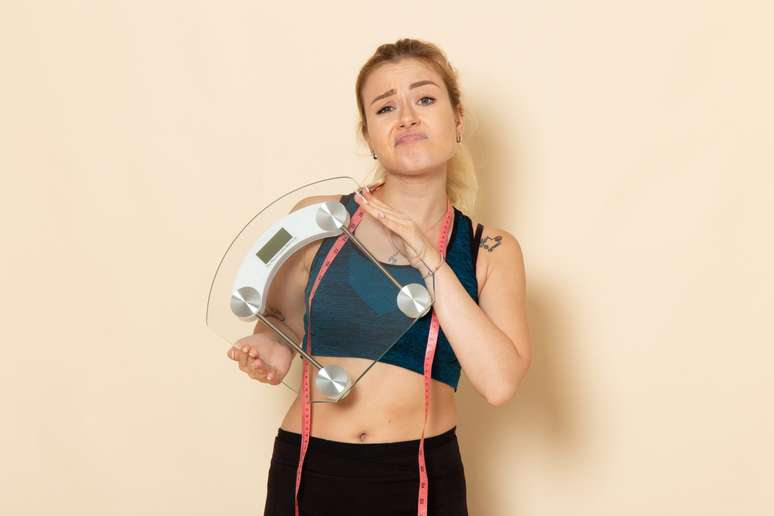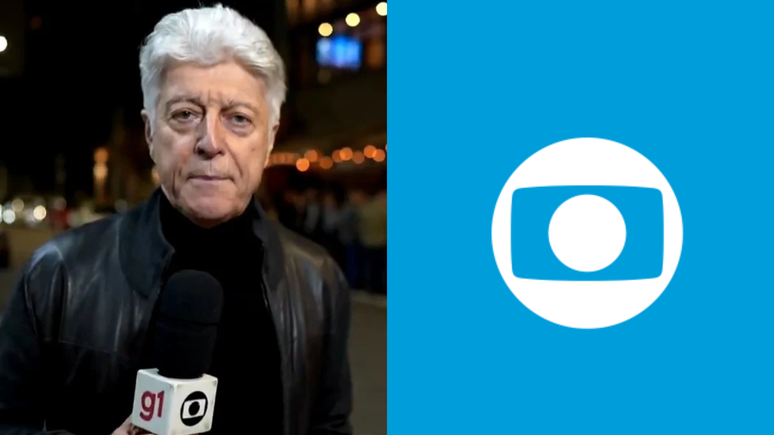The impact comes from reduced learning associated with vision problems, the international agency says
Research on learning losses associated with vision problems reveals that, in Brazil, access to glasses during childhood could increase earnings during adult life by up to R$296,500.
Created by the International Agency for the Prevention of Blindness (IAPB) and the Seva Foundation, the study considers the data of the Global Burden of Disease (GBD), which estimates around 800 thousand children Brazilian women living with uncorrected ophthalmological problems, such as nearsightedness and farsightedness – and previous research, conducted in China, showing how many children with eyeglasses they score higher on math, science and Chinese tests than those who cannot see well.
“Overall, research indicates that the achievement of children without glasses is half that of children with good vision, meaning they learn half as much as their peers,” says Peter Holland, chief executive of IAPB UK.
The impact of the absence of glasses was converted into years of schooling lost, that is, into times in which learning fell short of expectations. Next, the team related the education data to income expectations, considering each year of learning completed a 10% increase in future income.
The conclusion: if a 5-year-old Brazilian child receives glasses at the beginning of his school life and continues to use the accessory until the age of 18, he will have an average lifetime income of 78.1% higher than until he had never had them.
“This decline in learning not only affects individual families,” Holland says, “but also has a huge cumulative effect on economies.” For him, highlighting the scale of the problem is a way to step up efforts to correct the country’s lack of access to glasses.
Challenges in Brazil
Among the challenges in diagnosing ophthalmological problems and prescribing glasses in Brazil, the researchers list factors such as access to eye care and attention to the topic in the education system as a whole. “In regions with limited access to healthcare services, ensuring adherence and consistent use of glasses can be more challenging,” says Holland.
Furthermore, a gap exists even before the child reaches school age: not all newborns undergo the red reflex test (RRT) or “eye test” in the maternity ward, and not all children undergo an eye examination between the first six months and the first year of life, as recommended by the Brazilian Society of Pediatrics (SBP), for the early diagnosis of eye problems.
Last year, researchers gathered at the 1st Forum of the Technical Chamber of Ophthalmology of the Federal Council of Medicine (CFM) launched a “letter for the eye health of Brazilian children”. Among the demands, the group advocated expanding the ophthalmology care network in primary care and ensuring the performance of TRV in maternity wards.
Source: Terra
Ben Stock is a lifestyle journalist and author at Gossipify. He writes about topics such as health, wellness, travel, food and home decor. He provides practical advice and inspiration to improve well-being, keeps readers up to date with latest lifestyle news and trends, known for his engaging writing style, in-depth analysis and unique perspectives.






-t84500vauzw7.png)


